A few weeks ago I was walking in spectacular Cradle Mountain National Park in Tasmania when I came across this – poo cubes.
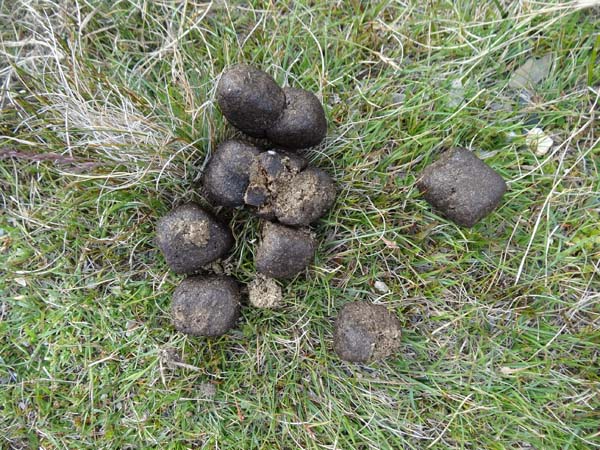
They seemed to be everywhere, and lots and lots of them.
What, I asked myself, poos in cubes? And more to the point, how and why do they poo in cubes?
So I started to look around me. Was it this guy – an echidna?
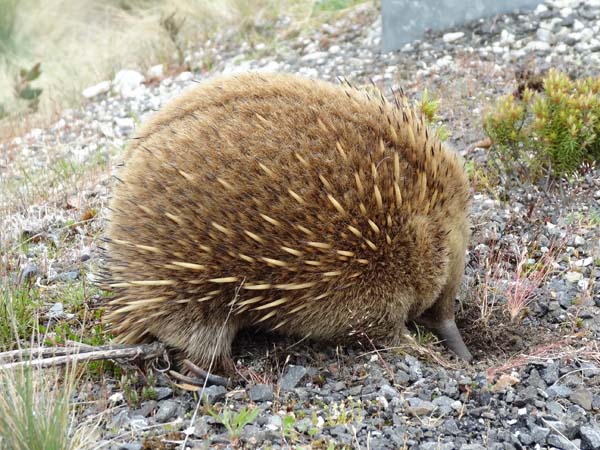
Nope, don’t think so. As one of only two of the world’s egg-laying mammals they have their own tricks up their sleeve, but they don’t poo cubes.
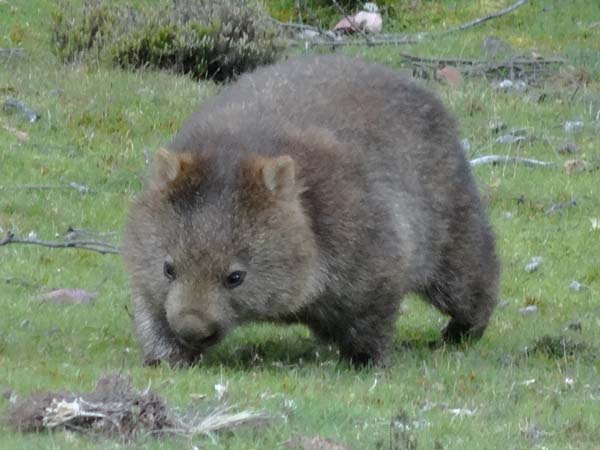
Then this guy wombelled out of the bush, and then another, and another and yep! It was them – they pooed cubes. Wombats! Who knew?
So that was one mystery solved.
Wombats seem to be full of surprises. They are marsupials, so they carry their young (called joeys) in pouches. But unlike the upward-facing pouch of a kangaroo, a wombat’s pouch faces backwards.
This may be because they have short legs, very little clearance, and they dig (and live in) extensive burrows. So a backwards-facing pouch helps to protect their joeys from dirt, sticks and roots gathering in the pouch.
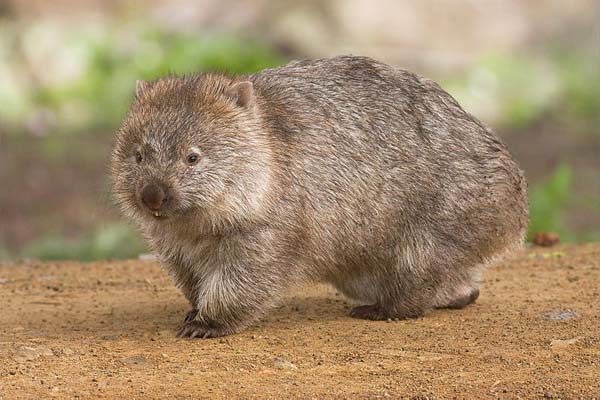
Wombats also have a tough rear hide, fortified with cartilage. Researchers believe this provides protection against predators such as dingos or Tasmanian devils.
When attacked by a predator, wombats dive head first down a burrow and use their tough rear ends to block the predator from following them down the hole. Since wombats only have a short, stubby tail, it makes it difficult for the predator to bite, injure or latch onto them from behind.

But back to their poo: why is it cubed, and how do they do it? Well it seems that wombats mark their territory with their feces, and they often poo on top of logs and rocks and the flat sides of the poo keep it from rolling off.
Why poo on top of things? Wombats have poor eyesight, so perhaps it raises the poo more to the height of a wombat’s nose.
So how do they do it? Is it the shape of their gastrointestinal tract? Well apparently no one really knows for sure, but it may have something to do with the fact that they have really long digestive tracts, an extraordinarily slow metabolism, and one of the driest poos of any mammal (which aids their survival in dry conditions).
If you want to read more about wombat poo, check out this story.
How about that? You couldn’t make this stuff up.
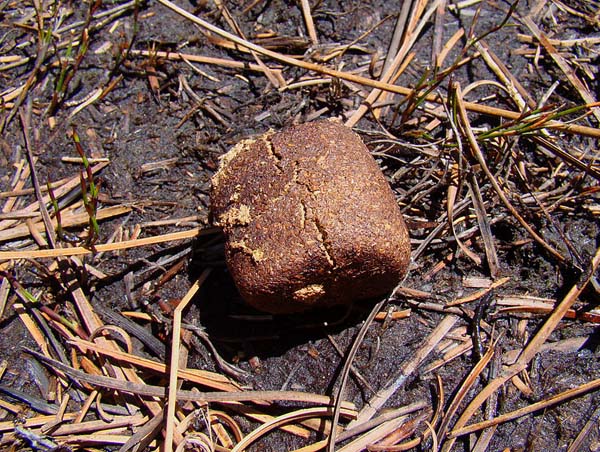



Thanks Alison! Nice read. I always wondered why they poop cubes & like your explanation – although I mostly encountered those cubes on the flat – …worth an experiment, don’t you think? 😉
With the return of the Tasmanian Tiger (compare http://www.cell.com/trends/ecology-evolution/abstract/S0169-5347%2814%2900021-4) I’m sure there’s great scope to test their tough rear side too.
Haha, how interesting. Thanks for the info Alison!